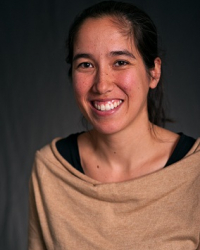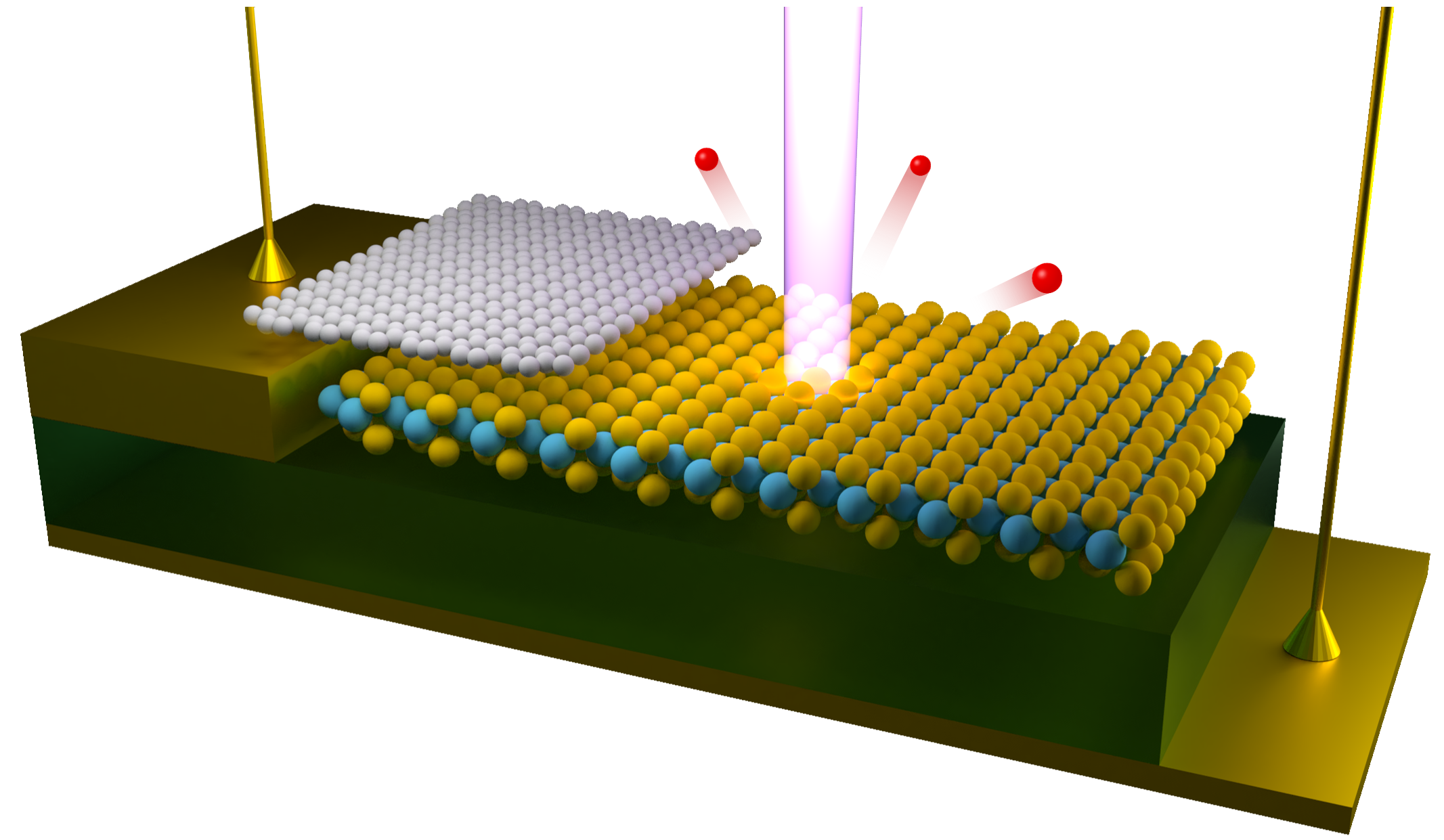A team led by NanoES faculty member Arka Majumdar, an assistant professor of electrical and computer engineering and physics, has designed and tested a 3D-printed metamaterial that can manipulate light with nanoscale precision. As they report in a paper published October 4 in the journal Science Advances, their designed optical element focuses light to discrete points in a 3D helical pattern. Designing optical fields in three dimensions could enable creation of ultra-compact depth sensors for self-driving cars, as well as improved components for virtual- or augmented-reality headsets.
New metasurface design can control optical fields in three dimensions


